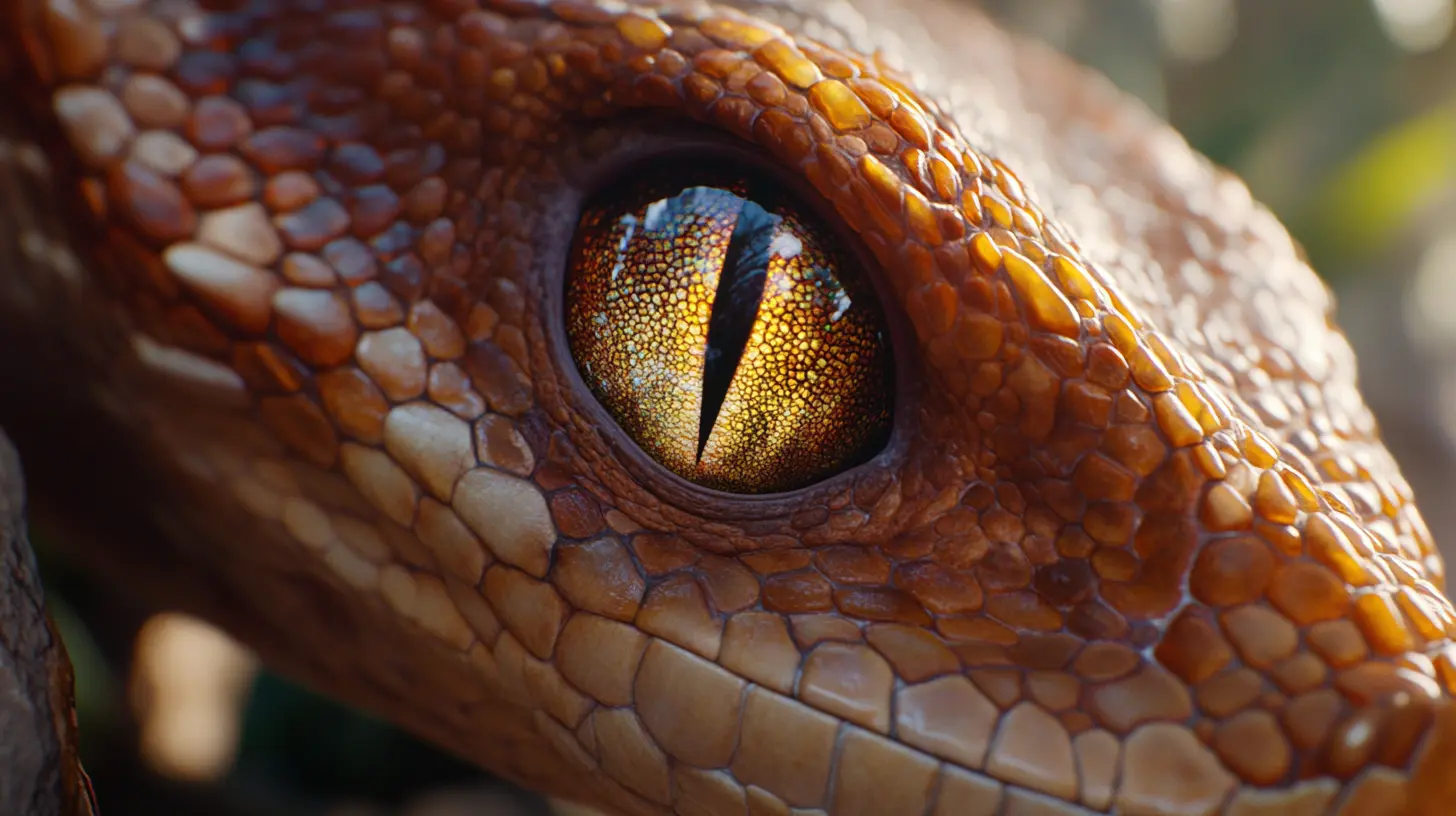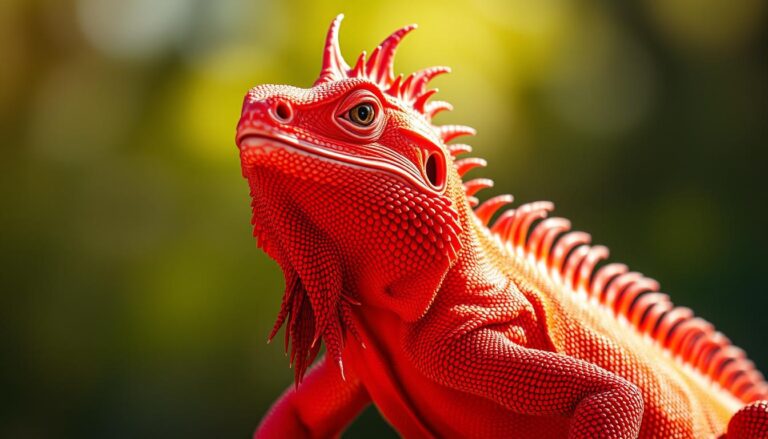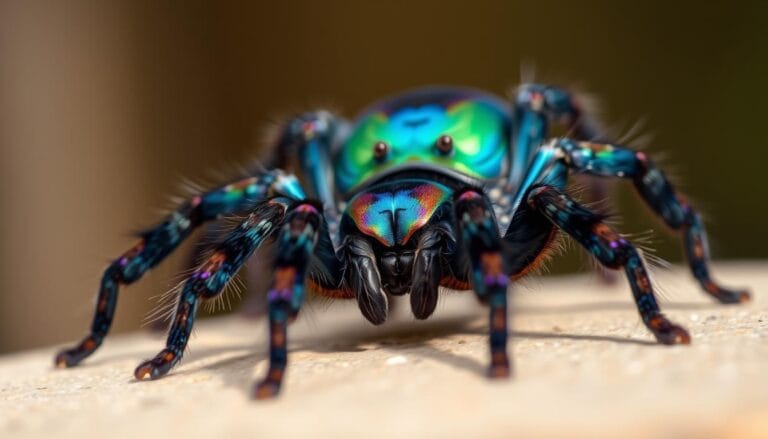Reptile Eyes: Amazing Ways They See the World Differently
Have you ever stared into the eyes of a lizard or snake and wondered, “How do they see the world?” Reptile eyes are nothing short of extraordinary—shaped by millions of years of evolution to help these creatures hunt, hide, and thrive in some of Earth’s harshest environments. From the vertical slits of a gecko’s lizard eye to the heat-sensing pits of a rattlesnake, reptile vision is as diverse as the animals themselves.
Table of Contents
If you’re a reptile owner or just a curious animal lover, understanding reptile eyes isn’t just fascinating—it’s key to giving your scaly friend the best care possible. In this guide, we’ll explore how these incredible eyes work, debunk common myths, and even share tips to keep your reptile’s peepers healthy. Ready to see the world through their eyes? Let’s dive in!
What Makes Reptile Eyes Unique?
The Anatomy of Reptile Eyes
Reptile eyes might look similar to ours at first glance, but they’re packed with wild differences. Let’s break it down:
- Pupils: Many reptiles, like geckos, have vertical slit pupils (think cat eyes!) that help them see in low light. Others, like turtles, have round pupils.
- Retinas: Reptiles often have more rod cells than humans, which means better night vision.
- Third Eyelid: Yep, some reptiles have a see-through eyelid called a nictitating membrane to protect their eyes while hunting or burrowing.
Unlike humans, reptile eyes don’t tear up, and they can’t move their eyeballs much—except chameleons, which can look two directions at once!
H3: Special Adaptations
Reptiles have some jaw-dropping tricks up their sleeves (or scales):
- Vertical Slit Pupils: Perfect for nocturnal hunters like the lizard eye of a leopard gecko.
- Heat-Sensing Pits: Pit vipers use these to “see” infrared light, making mice glow in the dark!
- UV Vision: Many reptiles, like bearded dragons, see ultraviolet light to spot food and mates.
These adaptations aren’t just cool—they’re survival tools. For example, a snake’s snake eye color often matches its habitat, helping it stay hidden.
How Reptile Eyes Help Them Survive
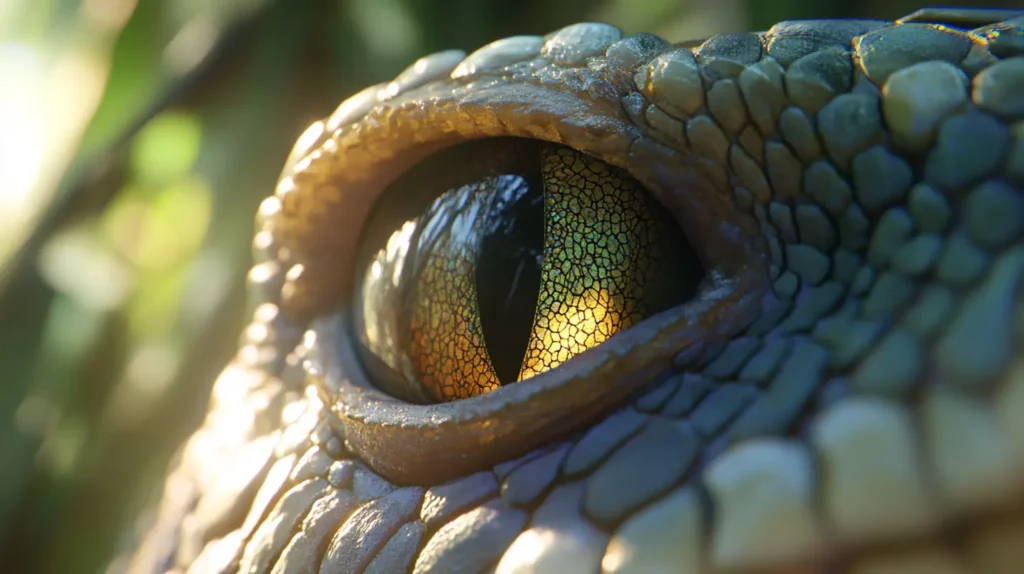
H3: Hunting and Predation
Imagine being a chameleon spotting a tasty cricket from 20 feet away—thanks to their telescopic vision! Reptile eyes are built for precision:
- Motion Detection: Snakes like cobras can sense the tiniest movements, even in dim light.
- Night Vision: Geckos hunt after dark using eyes 350x more light-sensitive than ours!
- Heat Vision: Pit vipers “see” body heat to ambush warm-blooded prey.
Avoiding Predators
Reptiles aren’t just hunters—they’re also prey. Their eyes help them stay safe:
- Wide Field of View: Many lizards see almost 360 degrees to spot danger.
- Camouflage: A snake eye color that blends with leaves? Check.
- Night Escape: Nocturnal reptiles like skinks vanish into the dark, thanks to their night vision.
Navigating Their Environment
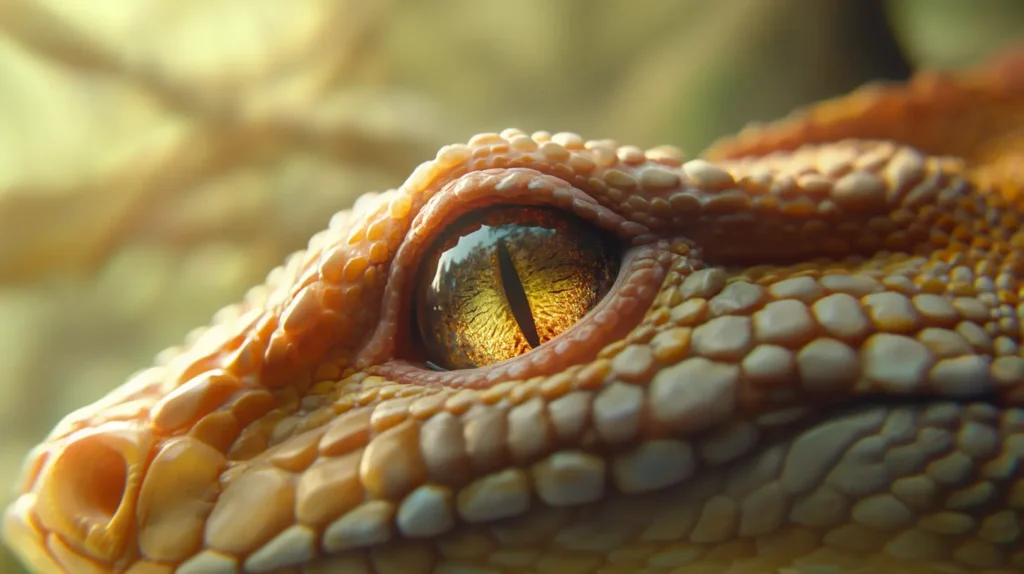
From deserts to jungles, reptile eyes adapt to their homes:
- Desert iguanas use UV vision to find flowers.
- Crocodiles have eyes on top of their heads to peek above water while hiding.
Types of Reptile Eyes and Their Functions
Lizard Eyes
The lizard eye is a masterpiece:
- Independent Movement: Chameleons scan for bugs and predators—at the same time.
- Color Vision: Bearded dragons see more colors than humans, including UV patterns on other lizards.
Snake Eyes
Snake eyes are as varied as their species:
- Pit Vipers: Heat-sensing pits near their nostrils let them “see” warm prey.
- Diurnal Snakes: Daytime hunters like racers often have round pupils.
- Nocturnal Snakes: Vertical slits (like a cat’s) help them hunt in the dark.
Other Reptiles
- Turtles: Underwater vision with a nictitating membrane to block debris.
- Crocodiles: Eyes on top of their heads for stealthy swimming.
- Geckos: Sticky eyelids to clean their eyes—no fingers needed!
Common Myths About Reptiles Eyes
Myth 1: Reptiles Can’t See Well
Truth: Many reptiles have better vision than humans! For example, a bearded dragon can spot a moving insect from across the room.
Myth 2: All Reptiles Have the Same Eyes
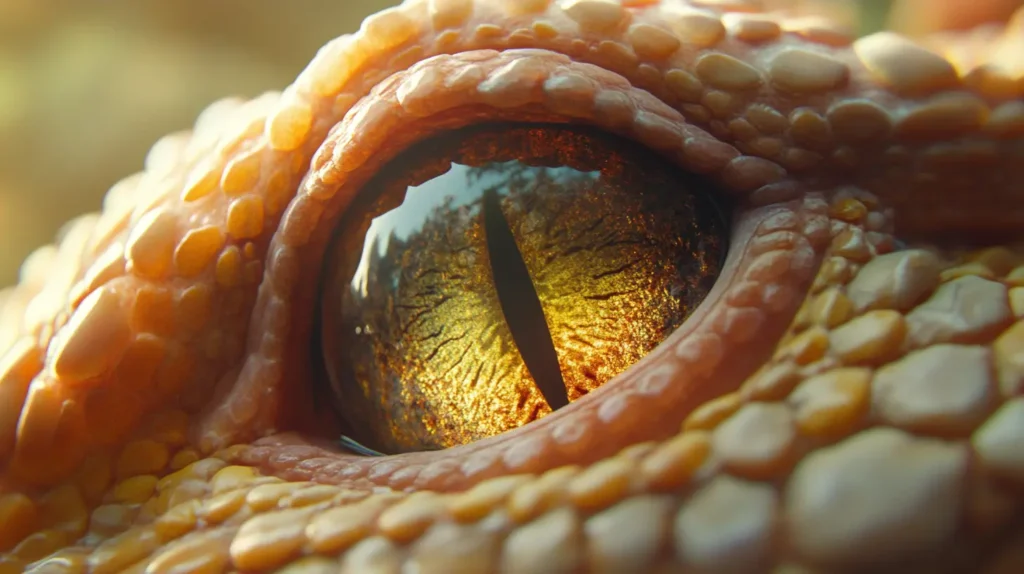
Truth: Compare a gecko’s lizard eye to a turtle’s—they’re as different as cats and owls!
Myth 3: Reptiles Don’t Need Light to See
Truth: While some see in the dark, most need proper UV lighting to stay healthy (more on that below!).
How to Care for Your Reptile’s Eyes
Proper Lighting and Habitat Setup
- UVB Lights: Essential for species like bearded dragons to prevent eye issues.
- Humidity: Too dry? Your reptile’s eyes might get irritated. Mist their habitat!
- Hideouts: Give them shaded areas to rest their eyes from bright light.
Signs of Eye Problems
Watch for:
- Cloudy or swollen eyes
- Discharge or crust
- Rubbing eyes on surfaces
Regular Vet Checkups
Find a vet who specializes in reptiles eyes—they’ll spot issues you might miss!
Fun Facts About Reptile Eyes
- Chameleons can move each eye independently—like two tiny cameras!
- Some geckos lick their eyes to keep them clean.
- Crocodiles have night vision and see well underwater.
- Snakes don’t blink—they have a fixed, see-through scale over their eyes.
- The lizard eye of a horned lizard can shoot blood to scare predators (but that’s a story for another day).
Conclusion
Reptiles eyes are more than just pretty—they’re survival tools honed by nature. Whether you’re mesmerized by a snake’s heat-sensing pits or a chameleon’s swiveling gaze, understanding these eyes helps us care for our scaly pals better.
Next time you spot your reptile, take a closer look at their eyes. Share what you discover in the comments—we’d love to hear your stories!
There are no reviews yet. Be the first one to write one.

